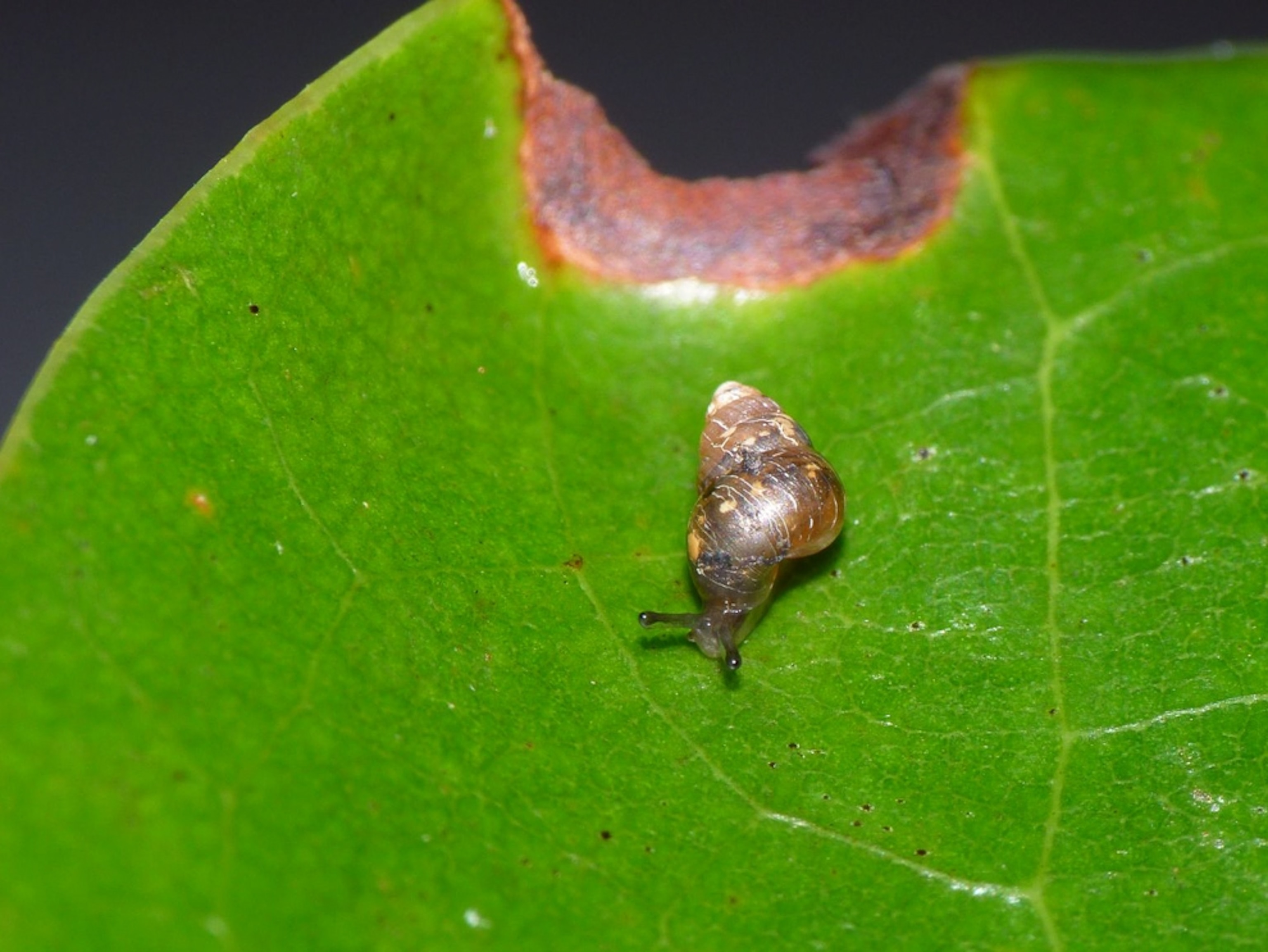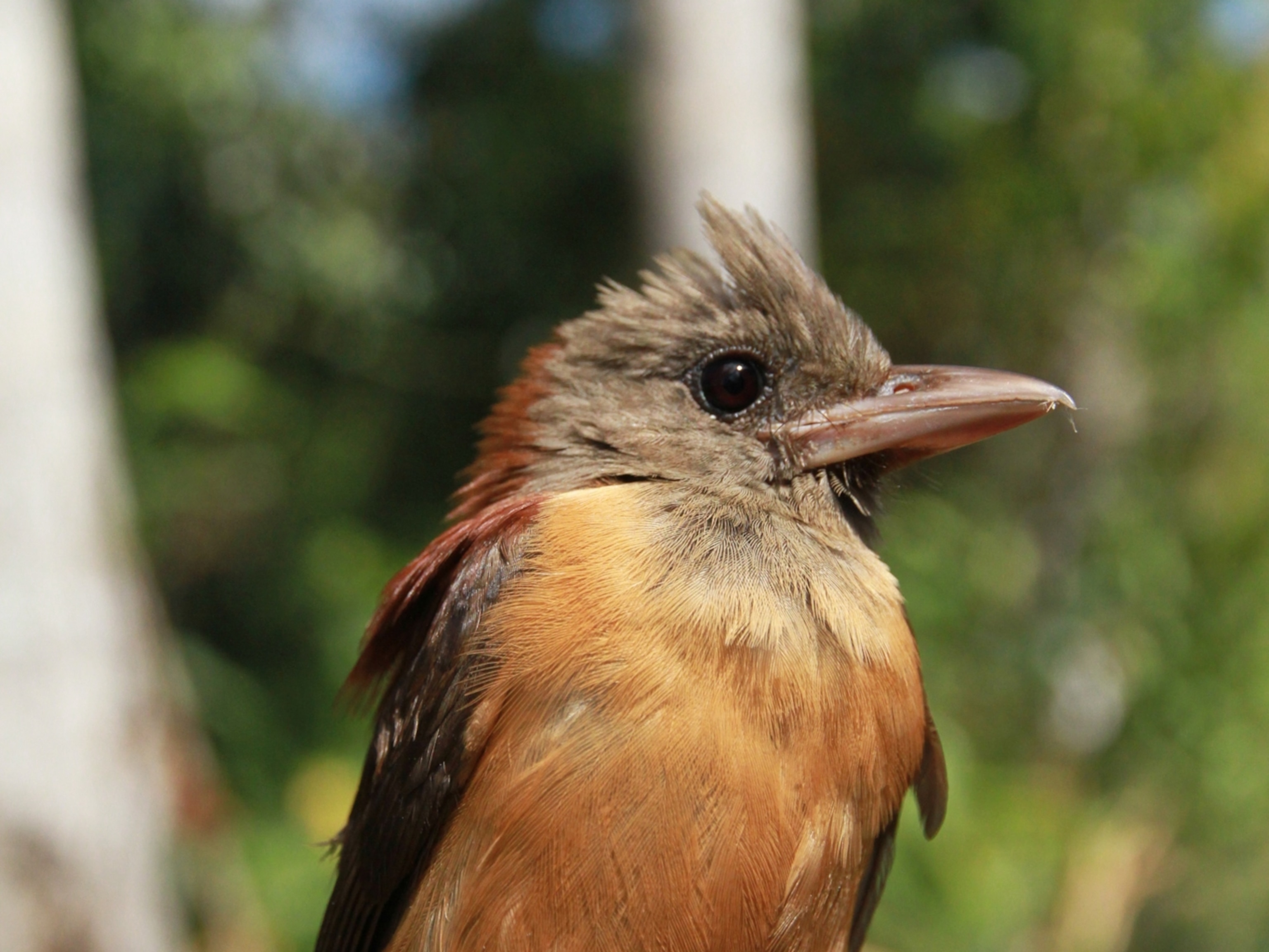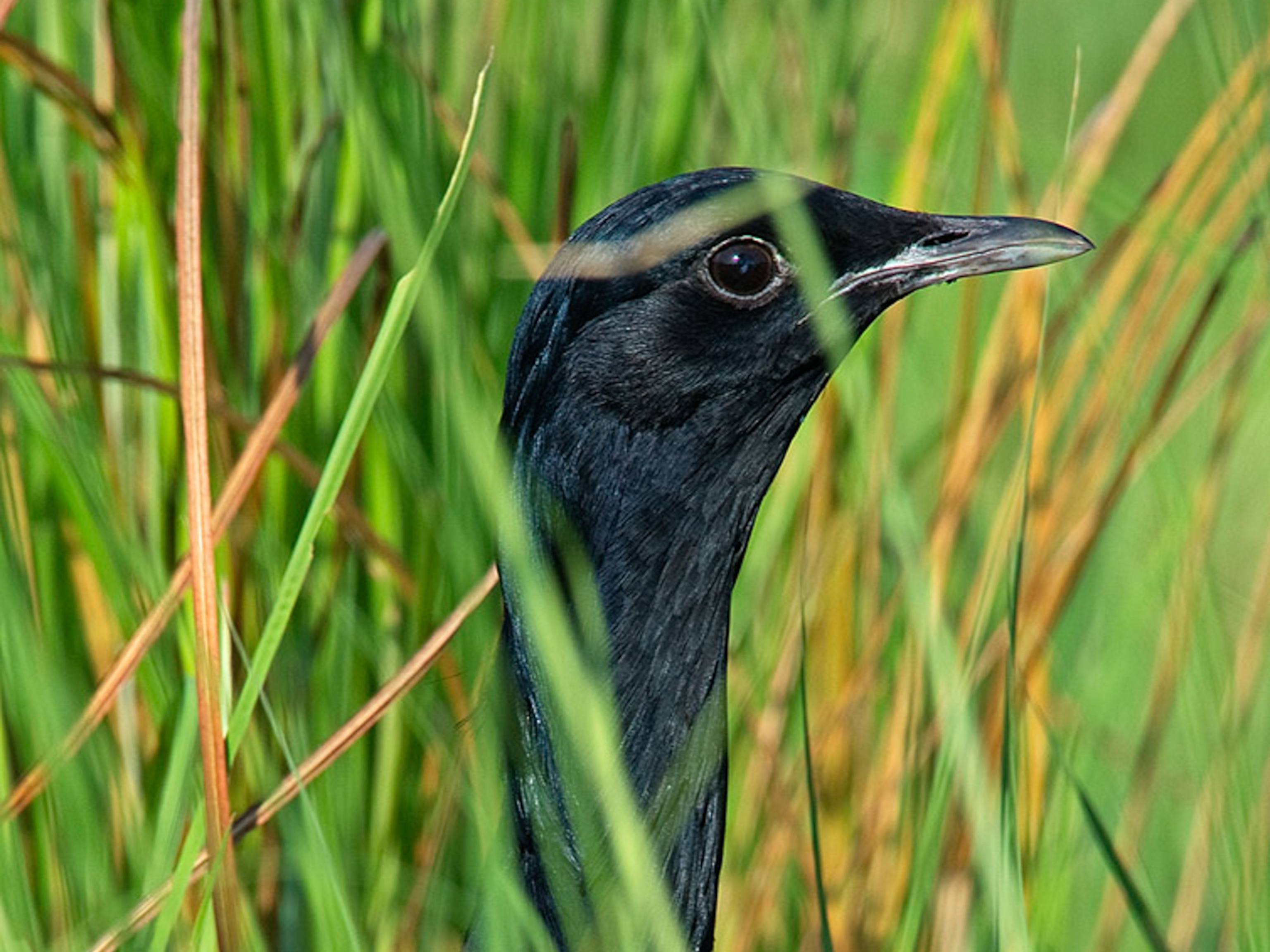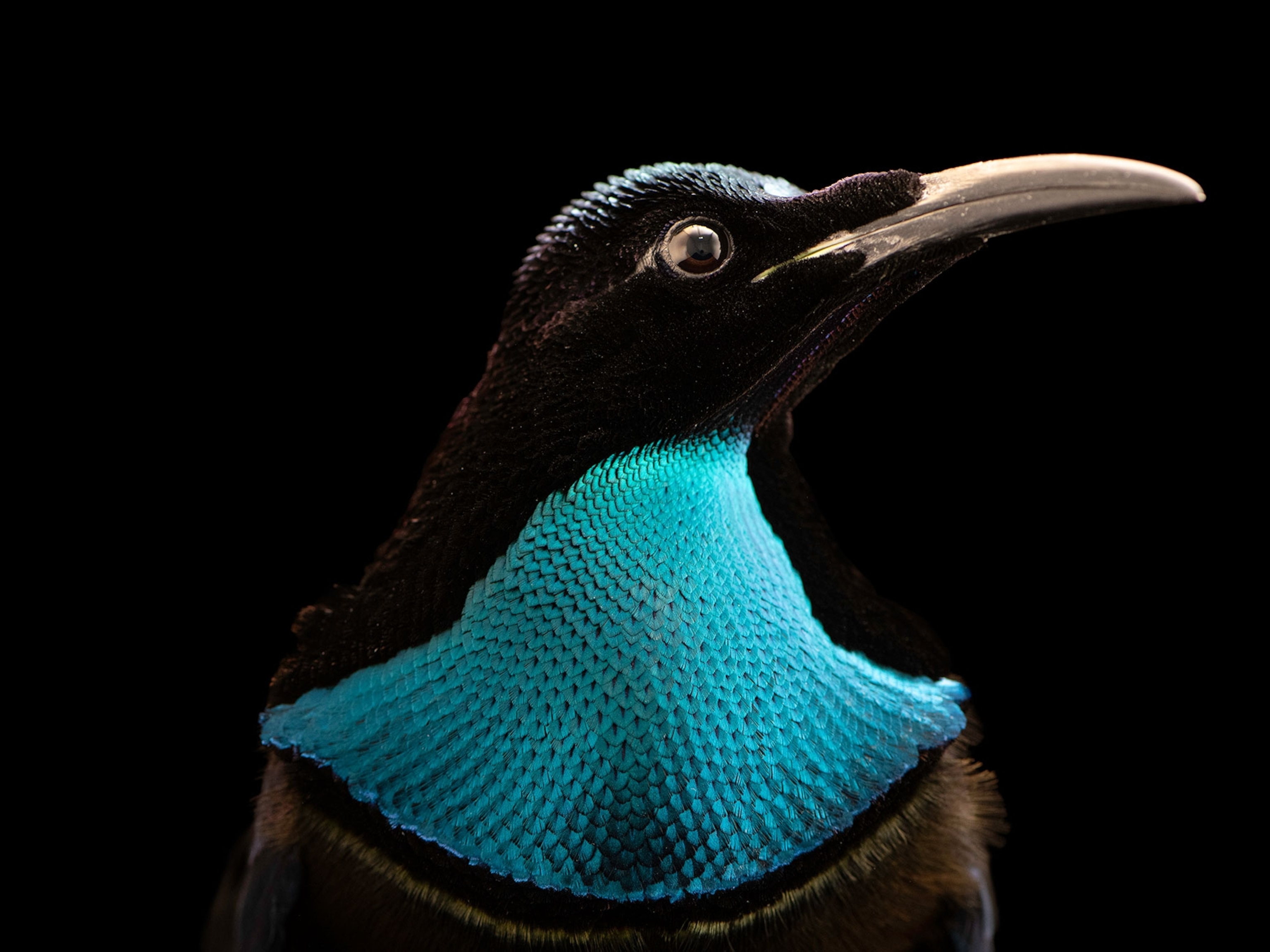
Snails Survive Being Eaten by Birds—A Mystery
Healthy snails found in bird feces, study finds.
Tiny snails can survive being eaten by birds—and the gastropods come out the other end perfectly healthy, a recent study says.
Researchers studying feces of wild Japanese white-eye birds had noticed a surprising number of intact snail shells, especially of Tornatellides boeningi. This 0.1-inch (0.25-centimeter) snail is common to Hahajima Island (see map), about 620 miles (a thousand kilometers) south of Tokyo.
So Shinichiro Wada, a graduate student at Tohoku University in Japan, and colleagues fed more than a hundred snails to captive white-eyes and 55 to captive brown-eared bulbuls, another bird known to eat T. boeningi.
The team found that roughly 15 percent of the snails passed through both bird species' guts alive. One snail even gave birth shortly after emerging—apparently unfazed by its incredible journey.
(See "Oldest Human Hair Found in Hyena Poop Fossil?")
Bird-Poop Snails Get a Move On
While the snails are passing through the birds' guts—a process that takes between 30 minutes and two hours—the snails may be inadvertently hitching a ride to new digs.
For example, the team found that T. boeningi snails in the wild were part of one large genetic group.
T. boeningi snails whose shells weren't initially found in the white-eye birds' poop, or were found broken, were much more genetically isolated—in other words, they did not tend to move to new locations.
However, there are limits to this mode of travel, the scientists say. Since the birds' digestion is not exactly leisurely, "we are thinking it might be difficult for the snail to migrate over an archipelago," Wada said via email.
(See "Giant Snails, Once a Delicacy, Overrun Brazil.")
Snail Survival a Mystery
The remaining mystery is how the snails manage to survive being eaten. Their small size may prevent their shells from cracking, but the digestive process shouldn't be a comfy ride for any living creature.
Wada said these snails, like many land snails, have the ability to seal their shells' opening with a mucus film called the epiphragm.
"This may be a big factor, because their tiny shell aperture and epiphragm would prevent inflow of digestive fluids," he said.
The snail was study published June 21 in the Journal of Biogeography.





